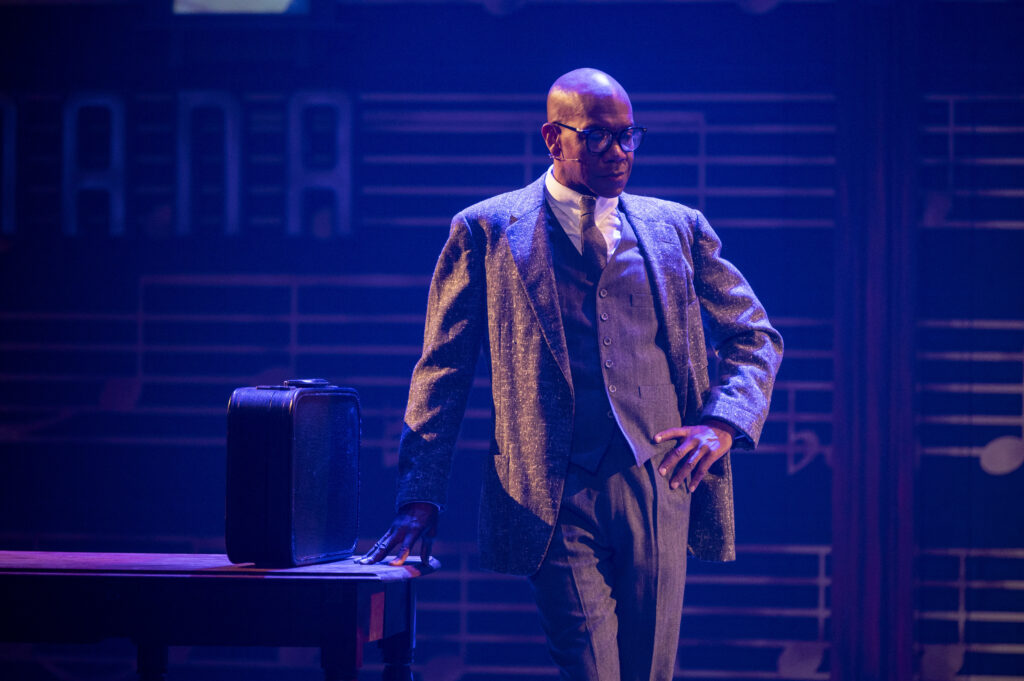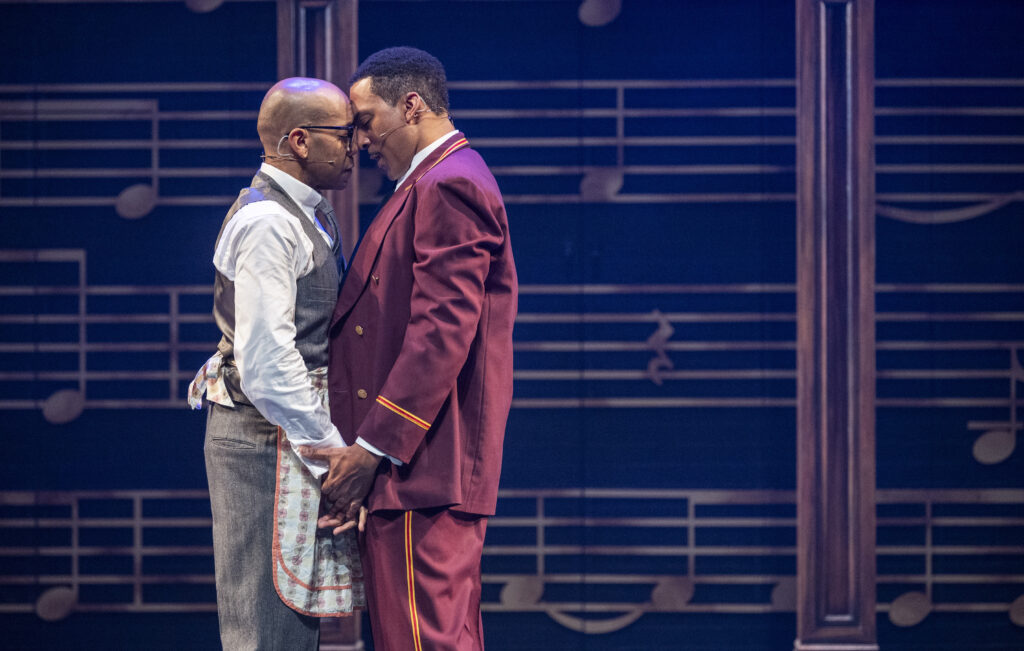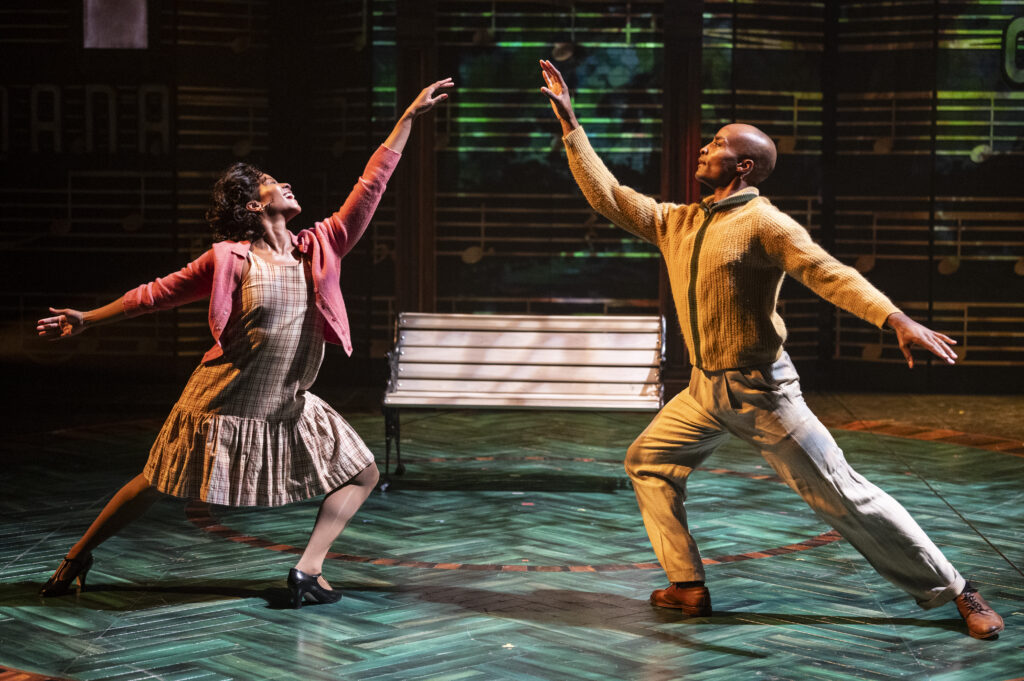Despite coming up through poverty and adversity, Billy Strayhorn imagined a better, more extraordinary life for himself, which he achieved, according to Kent Gash, director and co-author of Pittsburgh Public Theater’s latest production, Billy Strayhorn: Something to Live For.
“His life is an inspiration to so many of us,” Gash says. “He was a strong, authentic, [unselfish], African-American man, who was also queer, and who was also a genius. And for whom excellence was everything. He was fearless at a time when that was a difficult thing to be.”
Billy Strayhorn: Something to Live For is in the midst of its world premiere, running from Sept. 19 to Oct. 11 at the O’Reilly Theatre. This new musical tells the life story of the legendary jazz composer and Pittsburgher-turned-New Yorker. Gash co-authored the show’s book with Rob Zellers, and the two began working on the piece back in late 2018. All of the songs performed in the show were written by Strayhorn himself. Their emotional freshness, sixty years after his death, is evidence of his amazing talents.

Darius de Haas in Pittsburgh Public Theater’s Billy Strayhorn: Something to Live For.
The Man, The Myth, The Legend
The body of work Strayhorn created (composed, arranged, and wrote lyrics for) is enormous, Gash says. Strayhorn contributed extensively to what the world knows as the sound of Duke Ellington, who is considered one of the most influential composers of the last century.
“What we think of as Ellington is actually often Ellington and Strayhorn,” Gash says. “They worked so closely together that a lot of the work was inextricably linked.” “Take the A Train,” the anthem of the Duke Ellington Orchestra, was, for example, a Strayhorn composition. Other blockbuster hits like “Satin Doll” and “Sophisticated Lady” were billed as Ellington-Strayhorn collaborations.
Break a Leg
The show follows the love story between Strayhorn, played by Darius de Haas, and fellow musician Aaron Rodgers, played by Charl Brown. The scene where these two characters meet, which leads to a love song and marks the beginning of their relationship, plays out something never before seen on a musical theatre stage, according to Gash.

Darius de Haas and Charl Brown
“A love story, unapologetic and open, between two Black gay men, we’ve never seen that in a musical before,” Gash says. “Not without a lot of pain, or being tortured about being gay, or suffering. This is not necessarily presenting that, and it was a thrilling moment.”
Not Your Average Rodeo
Dell Howlett, the show’s choreographer, wanted to celebrate both Strayhorn and African-American social and vernacular dance – styles like the lindy hop, hambone, the first forms of tap dance, and more – through his choreography. With typical musical theatre, songs are composed with designated dance sections, and designated lyrical sections. But for this show, the iconic songs featured throughout needed to maintain their iconography, according to Howlett.
“We were taking music that was already created, well-loved, and had expectation around it and making it dance, making text work to go inside of it in creative ways,” Howlett says.

The Strayhorn family offered the creatives deeper insights into Strayhorn’s life and behaviors from their personal experiences with the jazz legend. Howlett didn’t anticipate this “beautiful” involvement, nor did he anticipate the overwhelming support from the Pittsburgh community. When Howlett got to see the show come together in its entirety on opening night, he could feel the love emanating off the stage, which is something he’ll never forget. Everyone involved in the production – actors, dancers, creators – focused on bringing justice to Strayhorn’s story.
“This piece in particular is [Gash’s] gift to the American theatre, and really sets the bar for how we are looking at and re-telling stories, American stories, that really need to be re-examined,” Howlett says.
Story by Donata Massimiani
Subscribe to TABLE Magazine‘s print edition.

